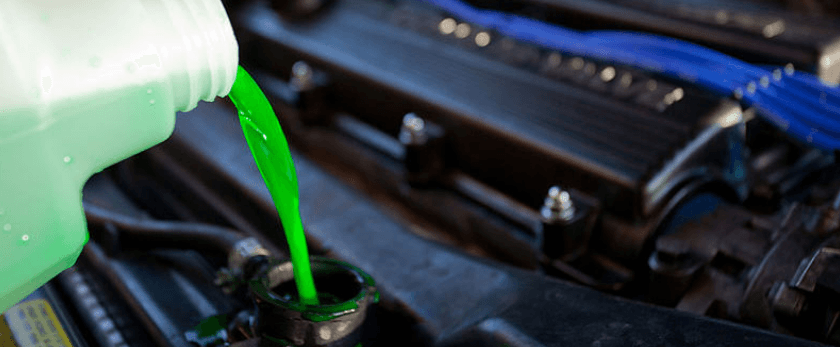Engine coolant, also known as antifreeze, is a crucial component in keeping your vehicle's engine running smoothly. However, when it comes time to replace or dispose of old coolant, it's essential to do so in an environmentally responsible manner. In this informative article, we'll discuss the importance of proper engine coolant disposal and provide you with easy-to-follow steps to ensure you're doing your part for a greener, more eco-friendly world.
Is Waste Coolant Hazardous?
Yes, waste coolant can be hazardous to both the environment and human health. Engine coolant typically contains ethylene glycol, a toxic substance that can contaminate soil and water if not disposed of correctly. Here's why it's crucial to handle it with care:
- Ethylene glycol is harmful if ingested, even in small amounts, making it dangerous for children and pets.
- When released into the environment, it can be toxic to aquatic life.
- Improper disposal of coolant can lead to soil and water pollution, impacting plant growth and wildlife.

How Do You Store and Dispose of Coolant?
-
Collect and Store: When draining coolant from your vehicle, use a clean container, such as a plastic jug or an old coolant bottle, to collect the used coolant. Make sure the container is labeled to prevent accidental ingestion.
-
Keep It Separate: Never mix coolant with other automotive fluids, such as oil or transmission fluid. Mixing can lead to hazardous chemical reactions and complicate disposal.
-
Find a Recycling Center: Check with your local recycling center or automotive service shop to see if they accept used coolant. Many places have dedicated disposal facilities for hazardous fluids.
-
Contact Local Authorities: If you can't find a nearby recycling center, contact your local environmental agency or public works department. They can provide guidance on disposal options in your area.
-
Follow Regulations: Be aware of any local, state, or federal regulations regarding coolant disposal. Some areas have specific guidelines to ensure safe disposal.
-
Don't Dump It: Under no circumstances should you pour used coolant down the drain, onto the ground, or into a stormwater system. This can lead to serious environmental damage.
-
Reuse or Recycle: If possible, consider reusing coolant or recycling it. Some recycling facilities can process and refine used coolant for reuse.
Is Coolant Toxic to Breathe?
Yes, coolant vapor can be harmful if inhaled. When working with coolant, take the following precautions to protect yourself:
-
Work in a Well-Ventilated Area: Always drain and handle coolant in a space with good airflow. Avoid enclosed spaces where vapor can accumulate.
-
Wear Protective Gear: Use gloves and safety goggles to prevent direct contact with coolant. A respirator mask with organic vapor filters can also protect against inhalation.
-
Avoid Ingestion: Wash your hands thoroughly after handling coolant and avoid touching your face or mouth.
By following these safety measures, you can minimize the risk associated with coolant inhalation and ensure a safer working environment.
In conclusion, responsible disposal of engine coolant is not only essential for safeguarding the environment but also for protecting human health. By following the proper disposal procedures outlined above, you can play a crucial role in creating a more sustainable and eco-friendly future. Let's all do our part in preserving our planet for generations to come.










